12 Solar Energy Statistics in Canada (2025 Update)
-
Pete Ortiz
- Last updated:
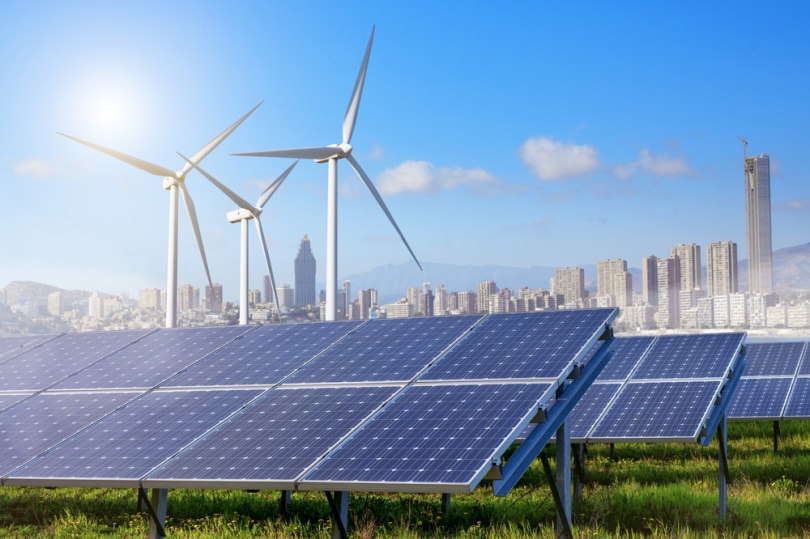
Note: This article’s statistics come from third-party sources and do not represent the opinions of this website.
Coal, oil, and natural gas don’t last forever—the deposits get depleted. In contrast, wind, water, and sunlight are inexhaustible sources of energy. That’s why world governments are turning towards naturally replenishing resources. We’re seeing G7 and G20 countries investing heavily in that. The transition to renewable energy isn’t a small task, though.
The EU and North America are at the forefront of this movement, but there is a lot of work to be done. In this post, we want to focus on solar energy statistics in Canada. How big is the Great White North on solar farms? How high does it rank? How much money is going into solar energy production in Canada? What is the government doing on this front? Let’s find out!
Click below to jump ahead:
The 12 Solar Energy Statistics in Canada
- The current solar capacity in Canada is 2,399 MW.
- Canada only ranks 22nd for installed solar energy capacity.
- There are 48K solar energy installations in Canada.
- By 2040, solar energy in Canada is predicted to reach 13 TW.h.
- Saskatchewan and Alberta have the highest solar PV generation potential (6.5–7.15 kW.h/m2).
- Ontario makes up for 98% of Canada’s solar power generation.
- The Claresholm Solar PV farm has 477K panels and powers 33K households in Alberta.
- Travers Solar is the largest solar farm in Canada (3.3K acres, 465 MW of generating capacity).
- Prince Edward Island is the leader in wind and solar energy use in Canada (41%).
- Canadian Solar’s net revenue reached $5.2 billion in 2021, a 55% increase over 2020.
- On average, it costs $3.01/watt to harness solar power in Canada.
- The Canadian government is investing $964 million in renewable energy.
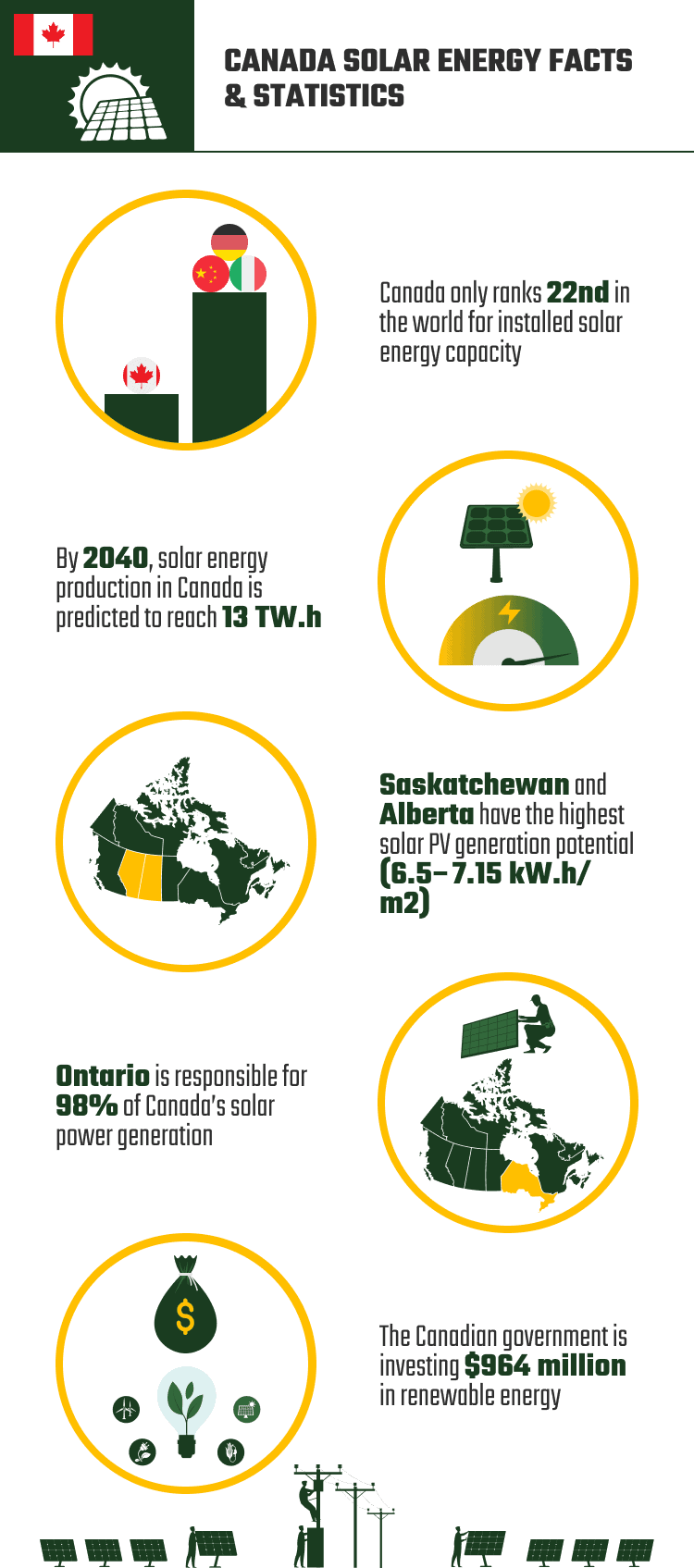
General Statistics
1. The current solar capacity in Canada is 2,399 MW.
(CanREA)
The potential for wind and solar power in Canada is enormous. However, the country is only starting to explore the possibilities. With that said, while it’s nowhere near China or the US when it comes to renewable energy, right now, its solar capacity in 2021 was 2.4K MW (2,399, to be precise).
That’s a 13.6% increase over the 2.1K MW in 2020. The total generated power in 2021 was 288 MW. To put things into perspective: back in 2009, wind and solar energy only made up 1% of the country’s demand for electricity. In 2021, renewable energy met 7% of the demand.
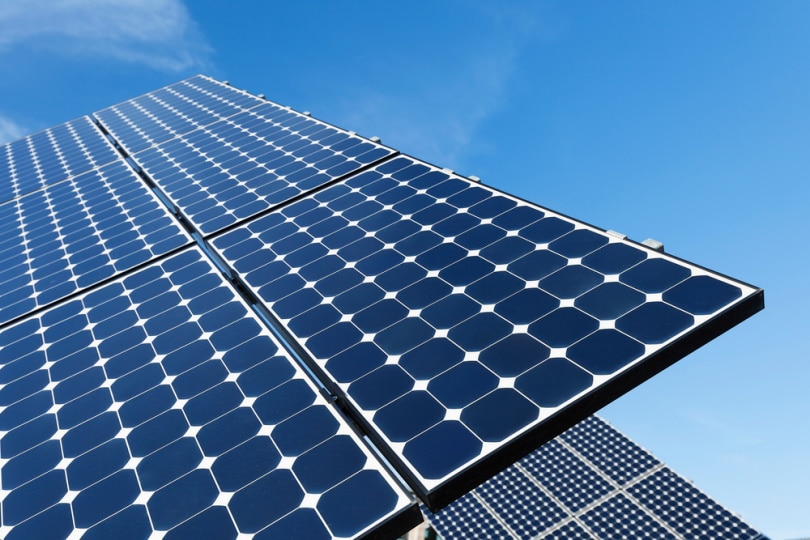
2. Canada only ranks 22nd for installed solar energy capacity.
(CanREA)
Canada is lagging when it comes to harnessing solar energy. Currently, the number and the capacity of installed and operating solar energy farms put it in the 22nd spot on the list of solar superpowers. The United States is currently #3 on the list, while the European Union and China are leading the charge.
3. There are 48K solar energy installations in Canada.
(CanREA)
That’s a rather impressive result for a country that did not have a single panel up and running not so long ago. Not every single one of those installations is a large farm, though. While most of Canada’s solar energy capacity does, indeed, exist in the form of full-fledged projects, the number of smaller, independent farms is growing.
Today, almost 30% of the solar panels/farms can’t even produce 1 MW. It might come as a surprise, but this is a very positive trend as it means more businesses, enterprises, and regular citizens are opting for solar energy. As for the major power stations/parks, there are 190 full-scale solar energy farms across Canada. And most of them are owned by indigenous communities.
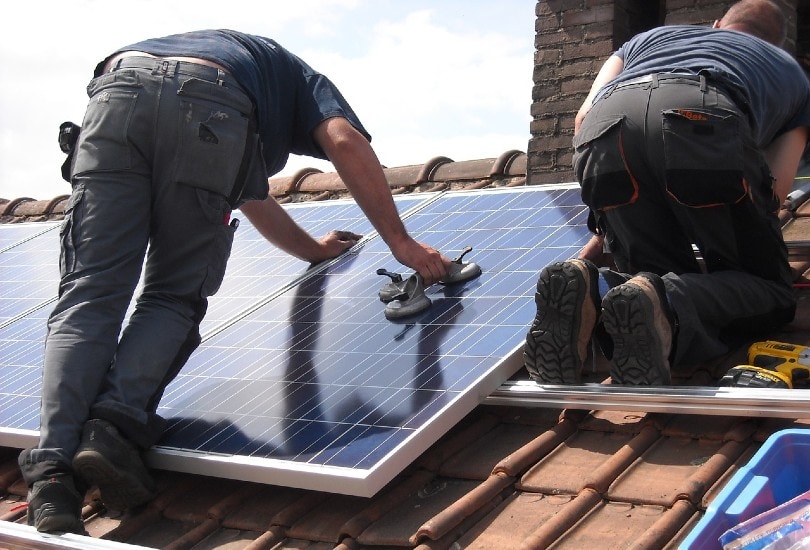
4. By 2040, solar energy in Canada is predicted to reach 13 TW.h.
(Canada Energy Regulator, CanREA)
In 2016, solar generation in Canada was 3.6 TW.h. By 2040, the capacity is expected to reach 13.0 TW.h. But, despite the 260% boost, the increased solar energy output will only make up for 3% of the country’s demand for electricity. This is important: the Canadian government has repeatedly expressed its commitment to the “Net-zero GHG emissions by 2050” plan.
But, to be able to decarbonize the atmosphere, the country needs to at least double its pure electricity production. Without an immediate, coordinated reaction from electricity stakeholders and regulators, it will be impossible to get there in time. Besides, according to CanREA, this will require at least $8 billion, 28K person-years, and 1.6K MW of solar energy capacity built every year.
Provinces and Solar Farms Statistics
5. Saskatchewan and Alberta have the highest solar PV generation potential (6.5–7.15 kW.h/m2).
(Canada Energy Regulator)
Without the sun, there will be no energy to harvest and convert into electricity. Therefore, the more sun the panels get, the more efficient they’ll be. Alberta and Saskatchewan get more sunlight than any other provinces in Canada. Manitoba, Quebec, and Ontario aren’t very cloudy, either. Regina and Saskatoon (Saskatchewan) have the higher PV generation potential (7.15 and 7.10 kW.h/m2).
Calgary (Alberta), Winnipeg (Manitoba), and Edmonton (Alberta) are also on top of the list. So, if you are planning on building a solar farm and making a profit from it, these cities will be the right choice.

6. Ontario makes up for 98% of Canada’s solar power generation.
(Canada Energy Regulator, Sunly.Ca)
The vast majority of solar energy generation and storage facilities are located in Ontario. As mentioned, Ontario is one of the few provinces in Canada with enough sunlight during the day to make a solar farm profitable. On top of that, the local authorities were quick to offer incentives and discounts to solar and wind energy projects. If you do everything right, you might be getting an ROI 10 years after making an investment.
7. The Claresholm Solar PV farm has 477K panels and powers 33K households in Alberta.
(Solar Feeds)
Ontario is miles ahead of other provinces, yet in 2021, Alberta showed the most extensive growth, generating 250 MW of solar energy. Saskatchewan only contributed 21 MW to Canada’s solar output; Quebec came in with 9.5MW. So, how did Alberta manage to take the lead? It has the Claresholm PV farm to thank for that.
It’s made up of 477K panels, carries 132 MW capacity, and feeds 33K homes in the province. That same year, Solar Krafte got the official “green light” from the Alberta government to build an even bigger farm. It’s set to launch by the end of 2022 and will be 2.5 times more powerful with a capacity of 400 MW.
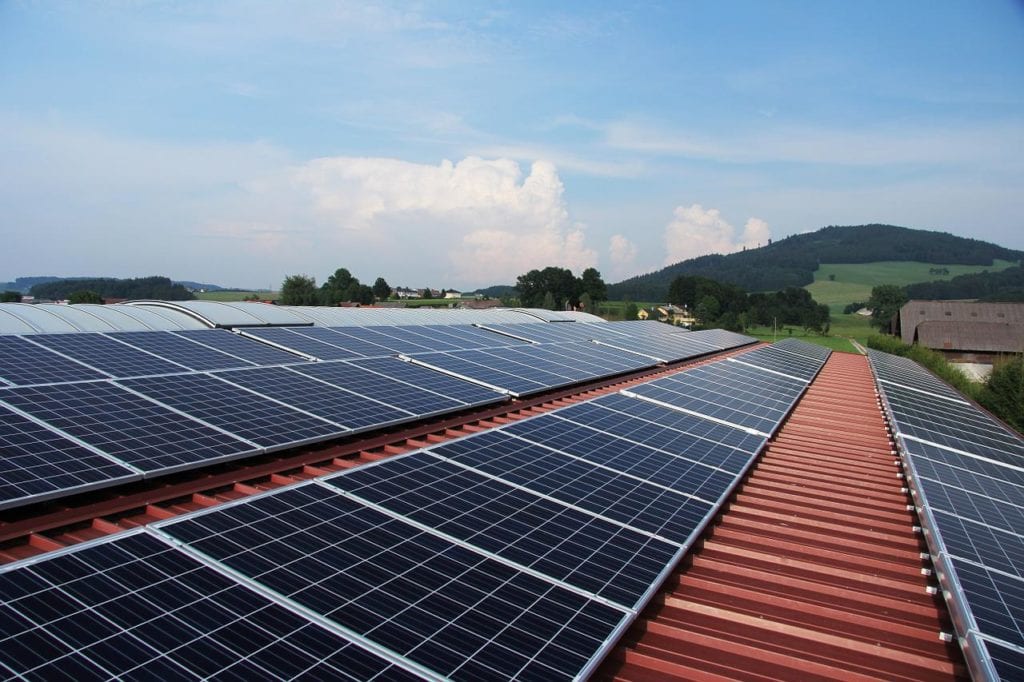
8. Travers Solar is the largest solar farm in Canada (3.3K acres, 465 MW of generating capacity).
(Mordor Intelligence, Travers Solar)
The Solar Krafte farm isn’t the most impressive solar energy project in Canada! Back in February 2020, they started building yet another full-scale farm in Alberta. This time around, it was (and still is) financed by the Greengate Power Corporation and Copenhagen Infrastructure Partners. The farm is scattered across 3.3K acres of land and costs the investors up to CAD 500 million. It will become operational by the end of 2022.
The declared generating capacity is 465 MW.
9. Prince Edward Island is the leader in wind and solar energy use in Canada (41%).
(Environment Journal)
While the rest of the country has a long way to go before they reach a proper solar energy capacity, Prince Edward Island (home to 157K people) is already enjoying it to the fullest. Right now, 41% of its electricity needs are covered by wind and solar energy. Nova Scotia is the second-best province with 13.5% of its energy requirements met by renewables.
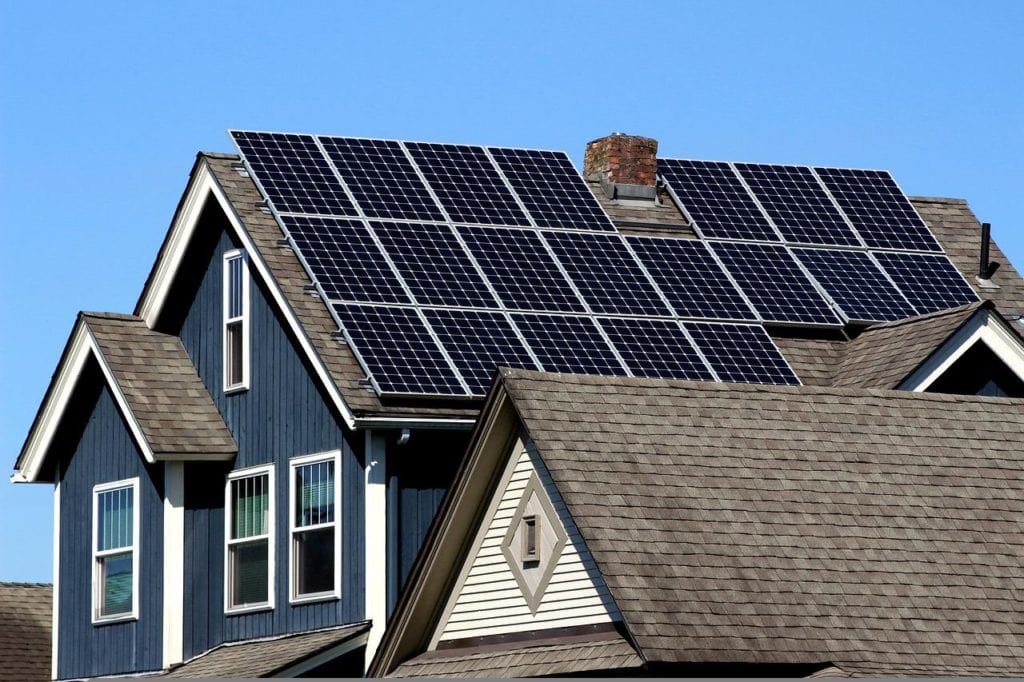
Solar Energy Financial Statistics
10. Canadian Solar’s net revenue reached $5.2 billion in 2021, a 55% increase over 2020.
(Statista)
Located in Ontario (Guelph), Canadian Solar is one of the biggest renewable energy brands out there. Despite the name, most of the manufacturing isn’t done in Canada, but in China. The company has been investing heavily in Canadian solar energy lately, though. In 2021, it had net revenue of $5.2 billion. Compared to $3.4 billion in 2020, that was a 50%+ boost. Back in 2009, Canadian Solar only made $630 million.
11. On average, it costs $3.01/watt to harness solar power in Canada
(EnergyHub)
Ultimately, it depends on the area, the size of the farm, and the equipment. But, on average, one watt of renewable solar energy will cost you a little over 3 dollars. And if you opt for a 7.5kW setup, that will set you back $22.5K. The Yukon Territory is the best place in Canada to go solar, as it costs $2.29–2.81/watt. Ontario is the close second with $2.34–2.59.
And then we’ve got the Northwest Territories ($2.43-2.68) and Alberta ($2.51-2.77). According to the Canadian Renewable Energy Association, the cost of solar energy has dropped by 90% since 2009. Expect the prices to decline even faster in the upcoming years.
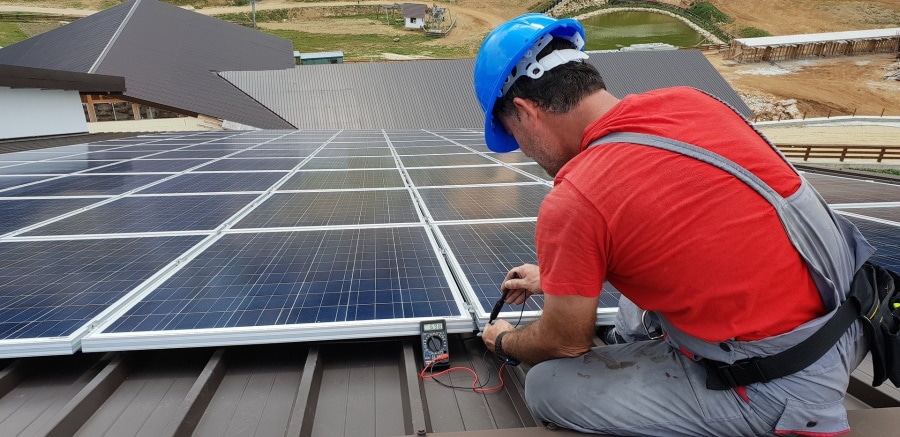
12. The Canadian government is investing $964 million in renewable energy.
(Government of Canada)
Launched recently, the SHERP (Smart Renewables and Electrification Pathways Program) initiative received almost $1 billion in government investments ($964, to be precise). Over the next four years, the money will be spent on fixing and upgrading existing power grids. Right now, SHERP includes 72 approved and 365 registered projects.
Frequently Asked Questions About Solar Energy
What Is Solar Energy? How Is It Produced?
This term is used to describe the energy (heat and light) generated by the Sun. Have you ever wondered why the Sun, the biggest star in the Solar System, is so hot? Essentially, it’s one giant plasma ball in a never-ending cycle of nuclear fusion. Whenever hydrogen atoms clash with protons, they turn into helium, releasing tremendous amounts of energy that reaches the Earth. Scientists call this phenomenon the proton-proton chain.
The sun isn’t going to die anytime soon which makes it the perfect long-term source of renewable energy. But wait—how do we harness that energy? Well, that’s when solar panels come into play. Each panel has a PV cell that absorbs that energy and turns it into electrical current (DC). Finally, inverters convert DC into AC and use it to “feed” factories, schools, hospitals, and homes (National Geographic, Certain Teed).
Can Solar Energy Replace Fossil Fuels for Good?
Eventually, yes, solar power does have the potential to fully supersede natural resources like crude oil, natural gas, and coal. It will take time, however, and trillions of dollars in investments. According to research done by government institutions and third parties, combined, wind and solar energy can satisfy our planet’s needs for energy by 2030–2035. This is an enormous task.
To achieve that goal, new policies will have to be introduced. More importantly, there aren’t nearly enough solar energy farms out there: the transition requires at least 115–170K square miles of solar panels. And right now, it’s not a cost-effective solution. But in the long run, this could, indeed, work (Forbes, Development Education).
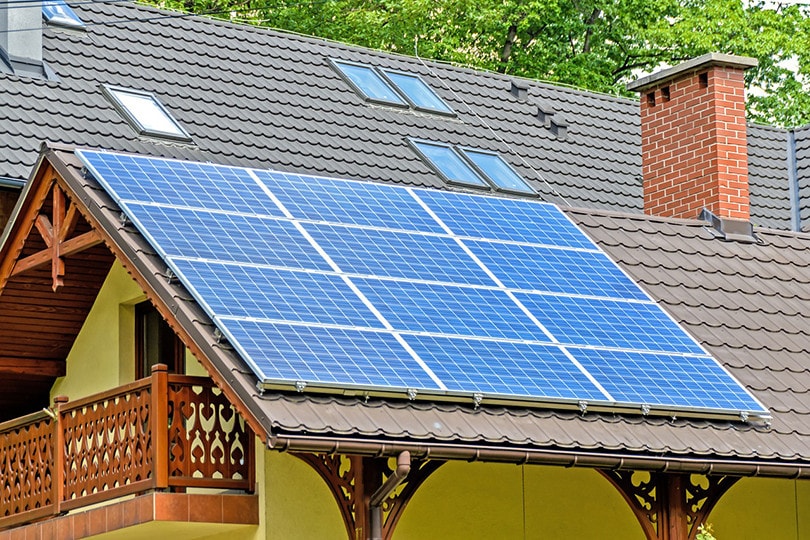
What Are the Biggest Pros of Solar Farms?
- An endless, renewable energy source. Canada has no shortage of natural resources. In fact, it’s one of the leaders in mining gas and oil. Still, while these resources will keep the country’s economy afloat for many decades, they will, eventually, run out. That won’t be a problem with solar panels! That’s one of the biggest advantages of switching to renewable energy.
- Clean energy, no harm to the environment. Solar panels are pollution-free and absolutely harmless to humans, animals, birds, and the environment. The process of harnessing solar energy doesn’t disturb our planet in any way. The same can’t be said about extracting oil and gas, though.
- Makes the US and the EU self-sustainable. Right now, the European Union relies heavily on countries like Russia, Algeria, and Saudi Arabia for natural gas and oil. That’s a big challenge for the sovereignty and solidarity of G7 leaders. The United States and Canada are more independent but will still greatly benefit from switching to solar energy.
What Are the Biggest Cons of Solar Farms?
- Very expensive. This is the #1 downside of the great solar energy transition. According to research done by Wood Mackenzie, it will take $4.5 trillion to build the necessary infrastructure to support the entire United States with renewable energy. Yes, the switch won’t be at all cheap.
- Takes time to build. The technology is there, but this won’t happen overnight. Experts estimate it will take 10–20 years to manufacture hundreds of thousands of solar panels. Another big issue has to do with the lack of materials. That’s right: we might not have enough metals to build so many panels (Popular Mechanics).
- Not exactly round-the-clock. Even if you build solar farms in California or Arizona, they still won’t get 24/7 exposure to sunlight. True, tracking panels are quite effective at following the sun’s movement, but that still doesn’t guarantee even 12 hours of sun.
Which Country Is Leading the Charge in Solar Energy?
China is the biggest producer of solar energy on the planet. Currently, 33% of active solar panels are installed in China, with a total output of 253, 6 GW. The EU and the US also have a strong foothold in the field. The European Union’s capacity is almost two times lower: 138 GW. The US comes in at #3 with 95 GW (Investopedia).
Conclusion
Solar energy isn’t cheap, nor is it easy to harness. However, the recession, rapid depletion of natural resources (fossil fuels, for example), and the war in Ukraine are pushing world governments to embrace it with full force. At this point, wind turbines are a bit too expensive while nuclear stations are too dangerous. This is why solar power is the #1 priority for many countries.
And, while Canada isn’t that big on solar energy right now, the authorities and global investors are doing their fair share to get it there. So, if you live in Ontario or Alberta and have been thinking about installing a couple of solar panels in your backyard, now is the best time to do that!
Featured Image Credit: artjazz, Shutterstock
Contents


